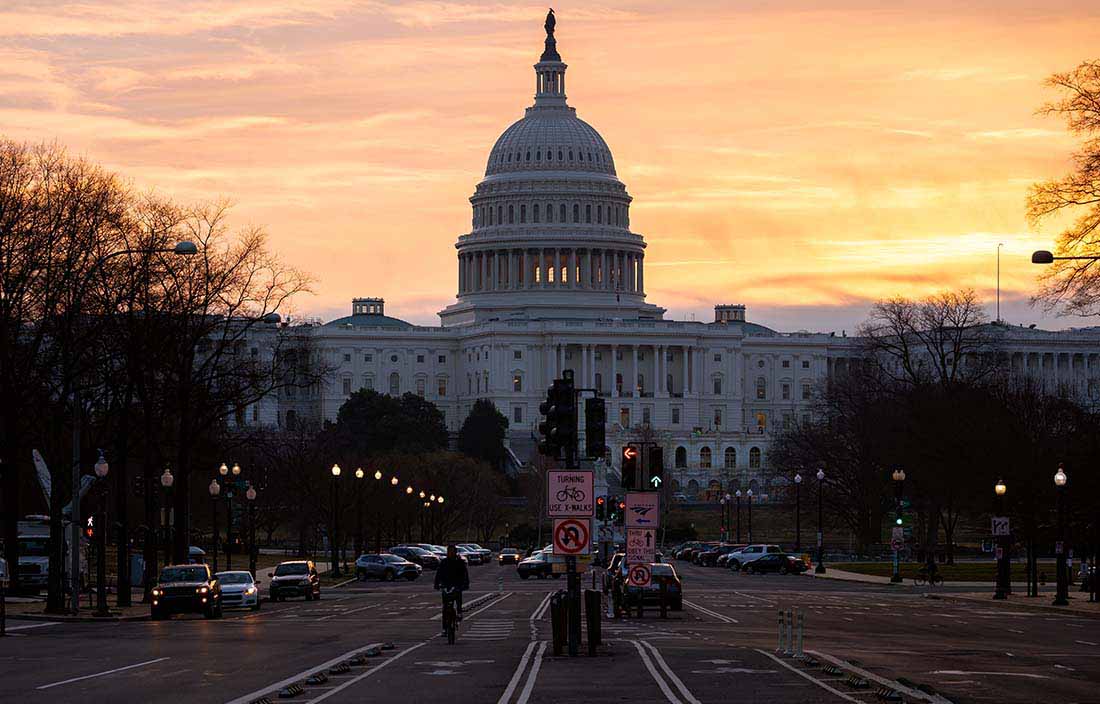IRS gets a new tool to collect taxes from partnerships

A recent law change will make a significant difference in the way that the IRS examines and collects taxes from partnerships and partners. Before the new law, taxes resulting from a partnership audit were generally collected from the partners. The new law enables the IRS to collect additional taxes, penalties, and interest arising from examining a partnership return directly from the partnership.
For tax years beginning after December 31, 2017, the IRS will be able to assess and collect taxes at the partnership level. Tax on underpayments will be calculated at the highest individual or corporate tax rate in effect for the year under audit (for example, 39.6 or 35 percent for 2016 respectively), but can be reduced in certain circumstances. Partnerships with no more than 100 partners will have an option to elect out of the new audit rules, as long as they have only individuals, corporations, and estates as partners. The law also requires the designation of a “partnership representative” who will have sole authority to act on behalf of the partners with regard to an audit.
For tax years beginning after December 31, 2017, the IRS will be able to assess and collect taxes at the partnership level.
Initial guidance has been released that gives partnerships the ability to elect into the new audit rules prior to the effective date, but there’s much more guidance yet to come. Until then, the key takeaways are:
- Partnership agreements will need to be amended to reflect the selection and responsibilities of the partnership representative, as well as to accommodate certain other new terms and concepts in the law.
- Partnerships with 100 or fewer eligible partners should begin to consider whether to exercise their option to elect out of the new audit rules.
- Taxpayers should be aware of these rules and understand how they might affect existing partnership interests or the sale or purchase of a partnership interest.
IRS budget woes continue
We mentioned the IRS’s budget problems in last year’s tax guide, and the situation has certainly not improved. Staffing for the Taxpayer Advocate’s Office (TAO) has been reduced significantly. The TAO has been an effective channel for taxpayers who need to resolve a variety of common return errors; it also serves taxpayers with more serious tax problems who need specialized assistance in navigating the IRS system.
In addition, the Coordination Industry Case (CIC) program, used by the IRS to audit some of the world’s largest businesses, has been eliminated. The now defunct CIC program was known informally as the “full-time” or “continuous” audit program, as many large businesses were, or seemed to be, under continuous audit. In many cases, IRS personnel were devoted full-time to these large taxpayers. This personnel provided a resource that helped to identify and resolve tax issues on some of the nation’s largest and most complex returns before they were filed, reducing the need for formal examination procedures after filing.




